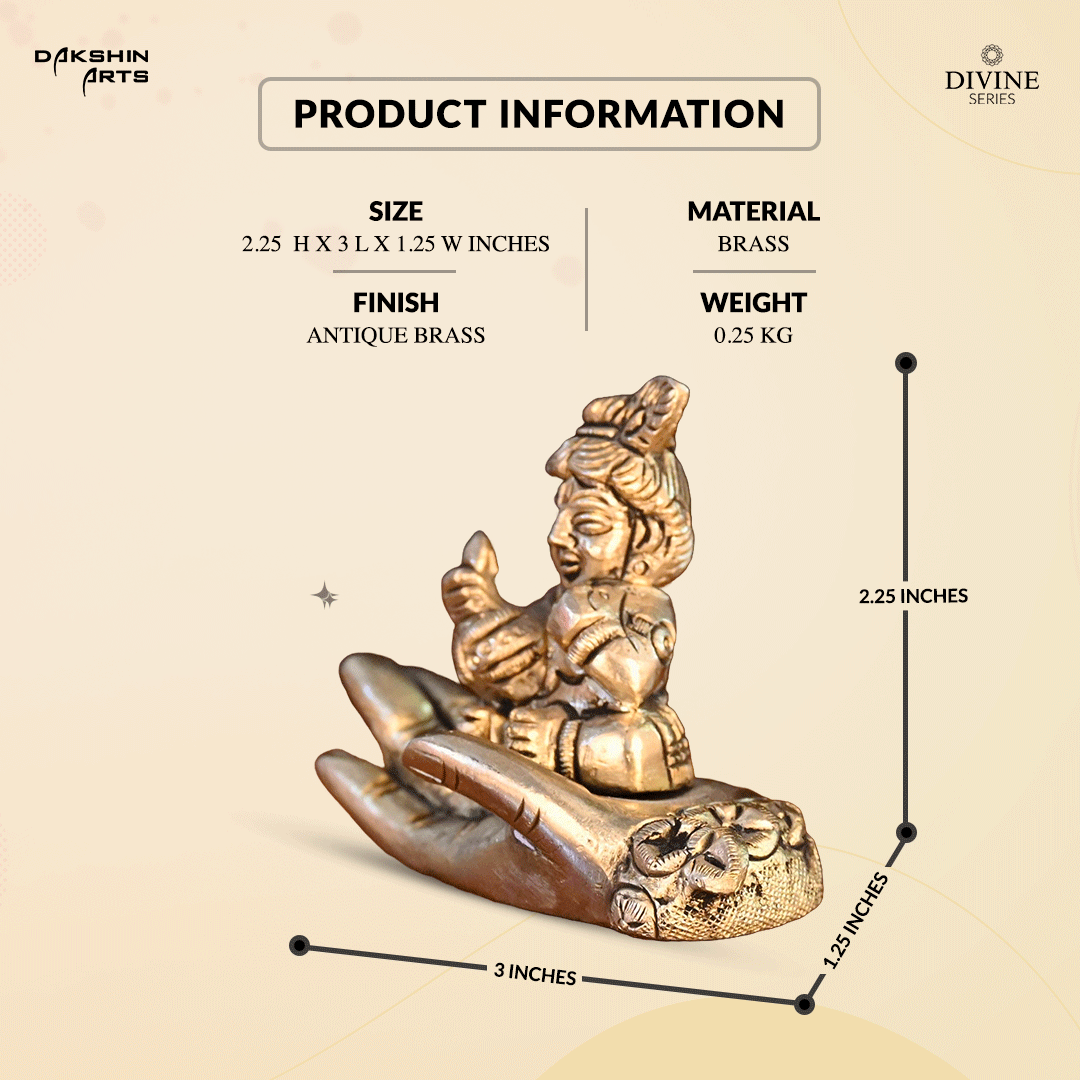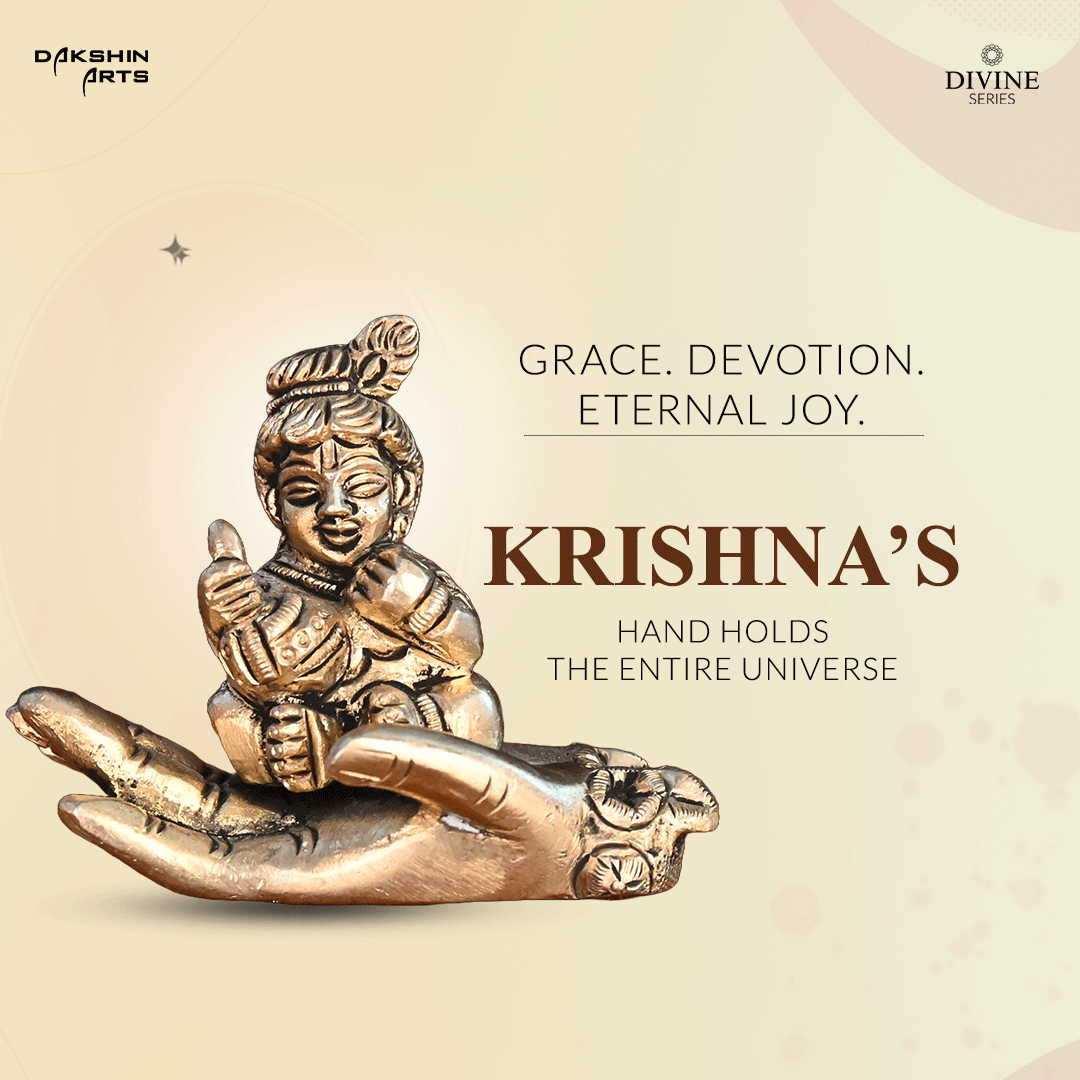1
/
of
6
Hand Krishna
Hand Krishna
Regular price
Rs. 950.00
Regular price
Rs. 950.00
Sale price
Rs. 950.00
Unit price
/
per
Taxes included.
Shipping calculated at checkout.
Couldn't load pickup availability
- Secure Payment
- Fast Delivery
- PAN India Shipping
| Code |
DAK40070BR |
| Material | Brass |
| Weight | 250 gms |
| Length x Depth x Height | 3 x 1.25 x 2.25 inches |
| Finish | Antique Brass |
This elegant Bal Krishna idol seated on a protective hand symbolizes divine care, innocence, and spiritual love. Crafted in brass, it's perfect for mandir or as a heartfelt gift during Janmashtami or baby showers. A charming addition to any spiritual or decorative collection.
Share
Real customer stories
0.00 ★ (0)
Verified













